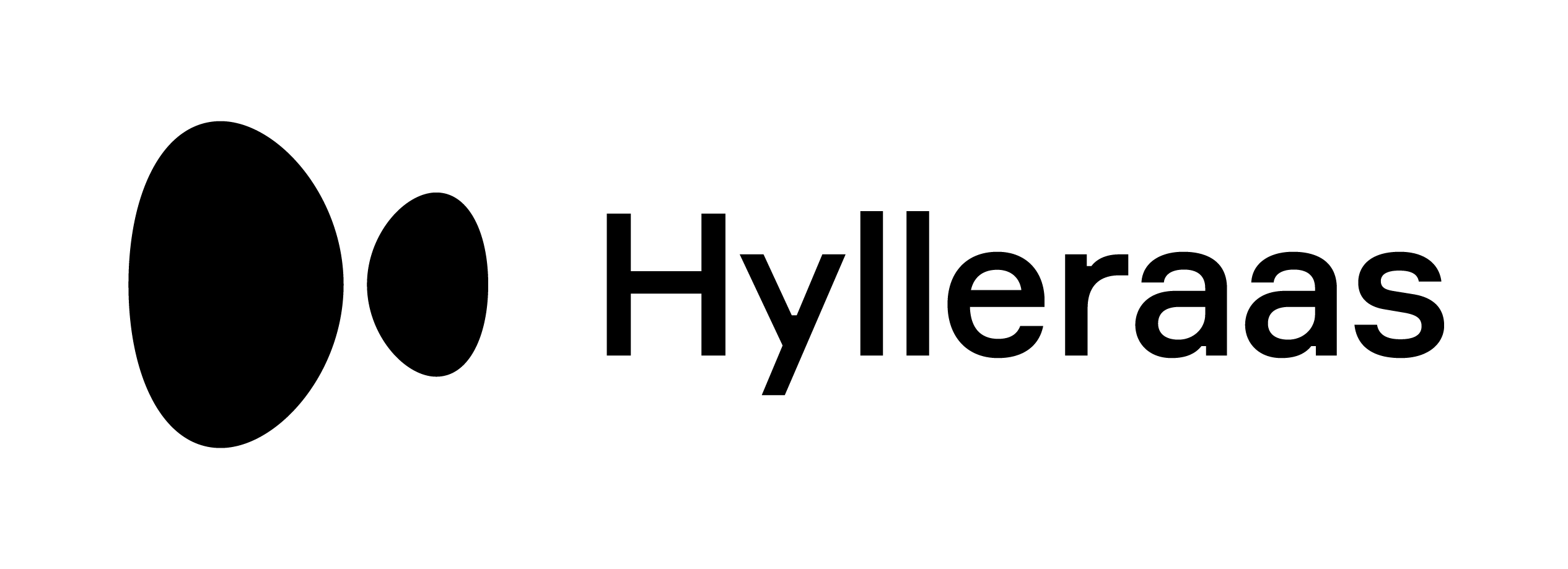HylleraasMD documentation
- Release:
2.2.0
- Date:
Sep 06, 2024
HylleraasMD (HyMD) is a massively parallel Python package for Hamiltonian hybrid particle-field molecular dynamics (HhPF-MD) simulations of coarse-grained bio- and soft-matter systems.
HyMD can run canonical hPF-MD simulations, or filtered density HhPF-MD simulations [Bore and Cascella, 2020, Ledum et al., 2023, Ledum et al., 2023, Sen et al., 2023] with or without explicit PME electrostatic interactions. It includes all standard intramolecular interactions, including stretching, bending, torsional, and combined bending-dihedral potentials. Additionally, topological reconstruction of permanent peptide chain backbone dipoles is possible for accurate recreation of protein conformational dynamics. It can run simulations in constant energy (NVE), constant volume (NVT) [Ledum et al., 2023, Ledum et al., 2023] or constant pressure (NPT) conditions [Sen et al., 2023]. HyMD is also interfaced with PLUMED and can perform simulations using enhanced sampling methods.
HyMD uses the pmesh library for particle-mesh operations, with the PPFT [Pippig, 2013] backend for FFTs through the pfft-python bindings. File IO is done via HDF5 formats to allow MPI parallel reads.
User Guide
The HylleraasMD User Guide provides comprehensive information on how to run simulations. Selected Examples are available to guide new users.
Installing HyMD
The easiest approach is to install using pip:
python3 -m pip install --upgrade pip
python3 -m pip install --upgrade numpy mpi4py cython
python3 -m pip install hymd
For more information and required dependencies, see Installation.
Run in Google colab
Run HyMD interactively in Google Colaboratory jupyter notebook here.
Source Code
Source code is available from https://github.com/Cascella-Group-UiO/HyMD/ under the GNU Lesser General Public License v3.0. Obtain the source code with git:
git clone https://github.com/Cascella-Group-UiO/HyMD.git
Development
HyMD is developed and maintained by researchers at the Hylleraas Centre for Quantum Molecular Sciences at the University of Oslo.
References
Sigbjørn Løland Bore and Michele Cascella. Hamiltonian and alias-free hybrid particle–field molecular dynamics. J. Chem. Phys., 153(9):094106, 2020. doi:10.1063/5.0020733.
Giovanni Bussi, Davide Donadio, and Michele Parrinello. Canonical sampling through velocity rescaling. J. Chem. Phys., 126(1):014101, 2007. doi:10.1063/1.2408420.
Morten Ledum, Sigbjørn Løland Bore, and Michele Cascella. Automated determination of hybrid particle-field parameters by machine learning. Mol. Phys., 118(19-20):e1785571, 2020. doi:10.1080/00268976.2020.1785571.
Morten Ledum, Manuel Carrer, Samiran Sen, Xinmeng Li, Michele Cascella, and Sigbjørn Løland Bore. HylleraasMD: Massively parallel hybrid particle-field molecular dynamics in Python. Journal of Open Source Software, 8(84):4149, apr 2023. URL: https://joss.theoj.org/papers/10.21105/joss.04149, doi:10.21105/joss.04149.
Michael Pippig. Pfft: an extension of fftw to massively parallel architectures. SIAM J. Sci. Comput., 35(3):C213–C236, 2013. doi:10.1137/120885887.
Samiran Sen, Morten Ledum, Sigbjørn Løland Bore, and Michele Cascella. Soft matter under pressure: pushing particleâfield molecular dynamics to the isobaric ensemble. J Chem Inf Model, 63(7):2207–2217, March 2023. URL: https://doi.org/10.1021/acs.jcim.3c00186, doi:10.1021/acs.jcim.3c00186.
MBBJM Tuckerman, Bruce J Berne, and Glenn J Martyna. Reversible multiple time scale molecular dynamics. J. Chem. Phys., 97(3):1990–2001, 1992. doi:10.1063/1.463137.

